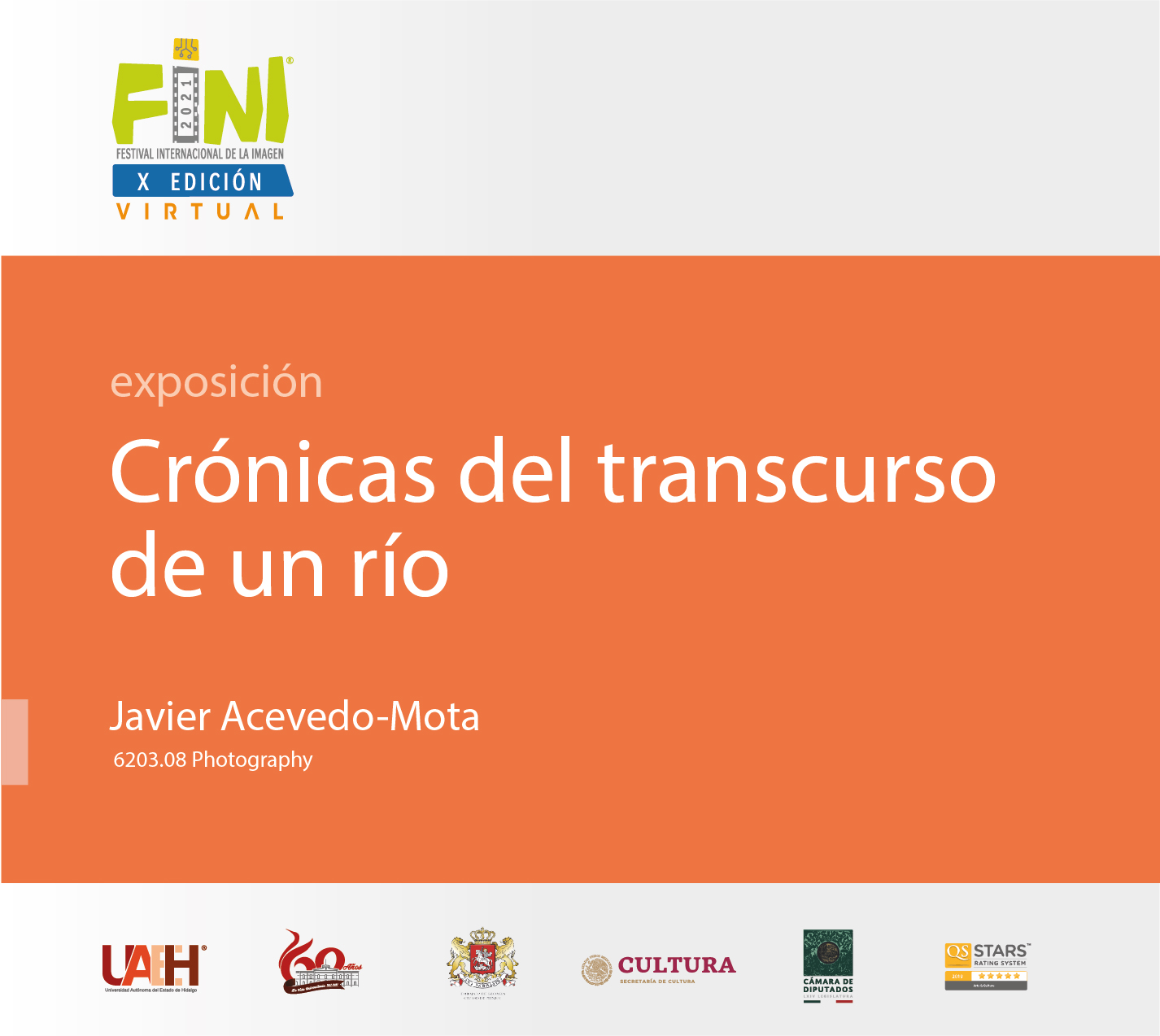Chronicles of a River Course
Javier Acevedo Mota

After five years of having studied Biology in the capital city of the Hidalgo, I went back to Tezontepec de Aldama, the place where I was born and learned to swim. I started to explore the part of the Tula river that runs across the municipality as part of the interdisciplinary process I was having when I started to study visual arts.
Along a constant search to formulate projects between art and biology, it was the changes of the river which made me venture into a journey that would look for the chronicles of a riparian ecosystem going through erosion of biodiversity, landscape, human health and memory, endangered by the discharges of sewage water coming from Mexico City and the State of Mexico, as well as by the excessive use of agrochemicals, a bad planning of sewage system and leaks of hydrocarbon caused by the organized crime.
Chronicles of a river course started in 2018 with the support of the Program of Incentives for Artistic Creation and Development (PECDA) in Hidalgo. The Ministry of Environment and Natural Resources (Semarnat) declared Tula, in 2019, an uninhabitable place for its high air, land, and water pollution. That same year, the war against “Huachicol” [theft of gasoline] was unleashed in the amphibious territory of Valle del Mezquital; so these problems shaped the project I had in mind. As a result, I obtained photographs, sculptures, drawings, installations, and sonorous landscapes part of a puzzle with no defined image that for me stood for the Tula River.
This projects is formed by six pieces from which four of them are showed in this exhibition.
Approaches to blur the course, Spill, Hydrographs, and Evaluation of the growth in the red zone. Each one is a chronicle that reflects on and tells the collective imagery the river gave to people, contamination factors that affect the water due to the trash navigating through the river, like the sound can generate images to be saved in the collective memory and the illegal extraction of fuel as a new landscape contaminant, and the society. Besides, there are photographs that are part of the Huachicol War, sculpture that speculates about the next social and environmental conflict in the region, the theft and scarcity of water. The photographs I took in my explorations served as a journal to think about other issues the river is going through, like the introduction of exotic-invasive species.
To look for the chronicles of a river course I explored as a kid, made me swim again, refreshed my memory and I am still swimming in the imagery of Tezontepec to keep looking for memories and resignifications of nature.
Tezontepec de Aldama is blessed for its water, but it is in danger of being stolen.
Holy water that raised its kids and the kids of those kids.
